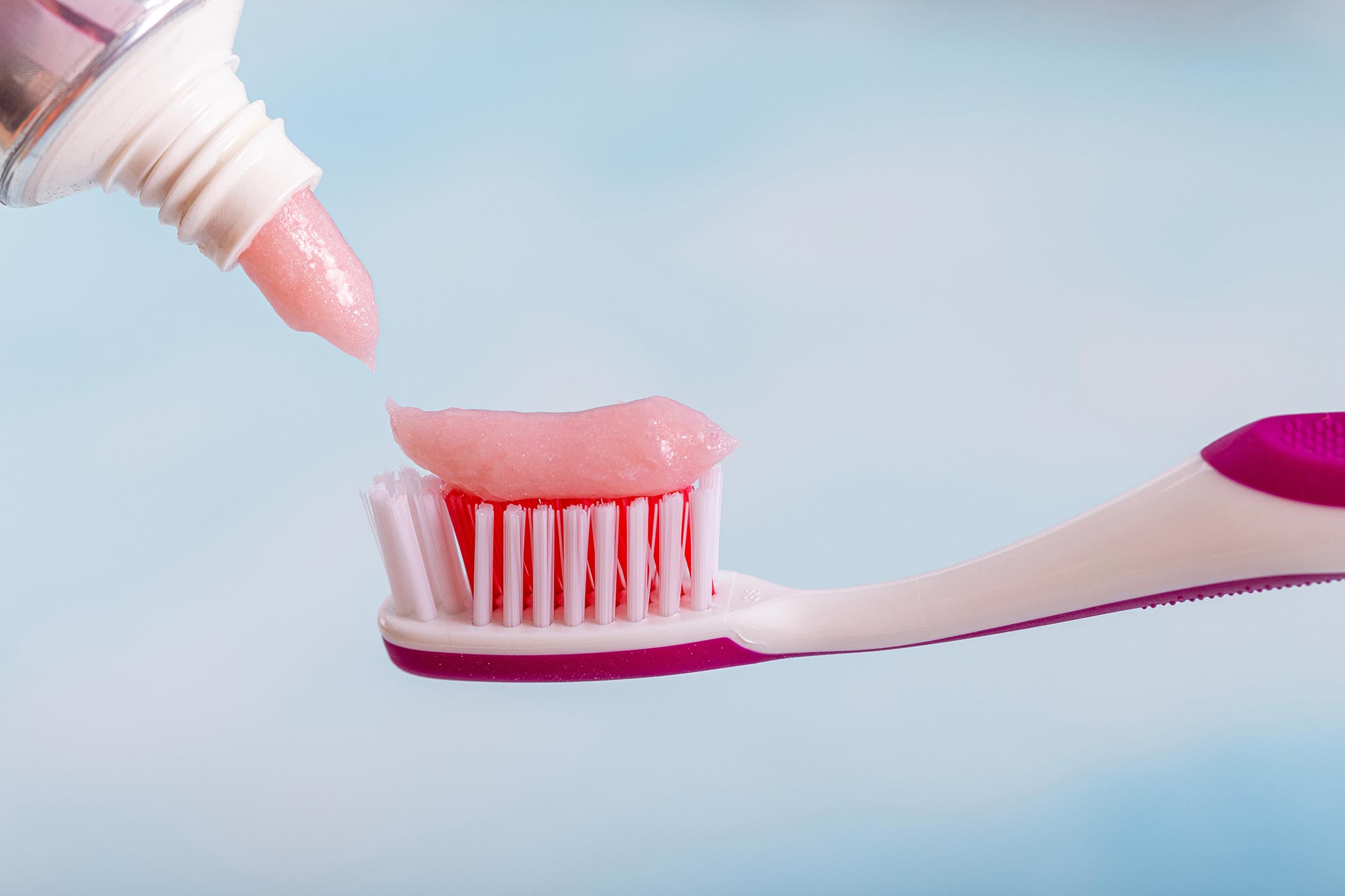Toothpaste from hair keratin could regrow tooth enamel

Researchers have found that keratin — the structural protein abundant in hair — can be harnessed to rebuild and protect tooth enamel, a discovery that could change how we approach dental repair and preventive products. Early-stage work suggests keratin can act as a scaffold to encourage enamel remineralisation, raising the prospect of toothpaste formulations that do more than polish: they could actively restore damaged enamel.
What researchers observed
The study reported that keratin, when prepared and applied in a controlled way, promoted the formation of a protective mineral layer on damaged enamel. Enamel, the hard outer layer of teeth, does not regenerate naturally in the way some other tissues do. Current dental prevention and repair strategies focus on remineralisation using fluoride or calcium-phosphate approaches. The new research suggests keratin may provide a biomimetic scaffold — essentially a protein framework — that helps mineral components rebuild enamel-like structure.
How keratin might rebuild enamel
Keratin is best known for its role in hair, nails and skin. Its strength and structural versatility make it an intriguing candidate for biomaterials research. In the context of enamel repair, keratin could offer a surface that encourages calcium and phosphate ions to deposit in an organised way, closely mimicking the natural architecture of enamel crystals. That organised mineral growth is what gives enamel its hardness and durability.
- Keratin acts as a structural scaffold that can guide mineral deposition.
- Biomimetic approaches aim to rebuild enamel architecture, not just surface coverage.
- Existing remineralisation methods (fluoride, hydroxyapatite) focus on strengthening or replacing lost minerals; keratin could complement these by improving organisation of the new mineral layer.
- Research is at an early stage — translation from lab findings to consumer toothpaste requires safety, efficacy and longevity studies.
Potential benefits and limitations
If further studies confirm the initial findings, keratin-based formulas could offer several benefits. They may repair early enamel lesions, reduce sensitivity by restoring surface integrity, and provide longer-term protection against acid erosion by creating a more compact mineral layer. Because keratin is a natural protein, it may be biocompatible and relatively well tolerated when processed correctly.
However, there are important caveats. Scientific breakthroughs in controlled laboratory settings often face hurdles when adapted to everyday consumer products. Challenges include ensuring the keratin maintains its functional structure inside a toothpaste matrix, does not degrade prematurely, and consistently promotes mineral growth in the complex environment of the mouth — where saliva, diet and oral microbiota all play roles. Long-term safety assessments and clinical trials in humans will be needed before any keratin-based toothpaste could be widely recommended by dental professionals.
What this means for oral and hair science
The idea that a protein most commonly associated with hair could be repurposed for dental repair is a neat example of cross-disciplinary innovation. Biomaterials scientists increasingly look to biological structures for inspiration: using proteins, peptides or polymers to create materials that interact positively with human tissues. For readers who care about both hair and oral health, the discovery underlines how proteins like keratin have versatile roles beyond their familiar cosmetic associations.
How scientists will move this forward
Next steps for the research community include:
- Replicating results across different experimental models, including more complex oral environments and eventually human tissue studies.
- Optimising keratin preparation so it retains activity inside a toothpaste or topical gel.
- Assessing long-term durability of the regenerated enamel-like layer under normal chewing and dietary conditions.
- Rigorous safety testing and clinical trials to evaluate efficacy and any unintended effects.
Takeaway
This keratin discovery is an intriguing, science-led development that may broaden the scope of remineralisation strategies. It points to a future where toothpaste could do more than prevent decay — it might actively rebuild weakened enamel. That said, the work is preliminary. Consumers should view the news as promising scientific progress rather than an immediate change to oral-care routines. Continue using evidence-based methods — fluoride toothpaste, regular brushing and dental check-ups — while researchers investigate whether keratin can safely and reliably make the leap from lab to bathroom shelf.
More From the Experts: Read interviews and insights from stylists and professionals on Hairporium Expert Articles.







